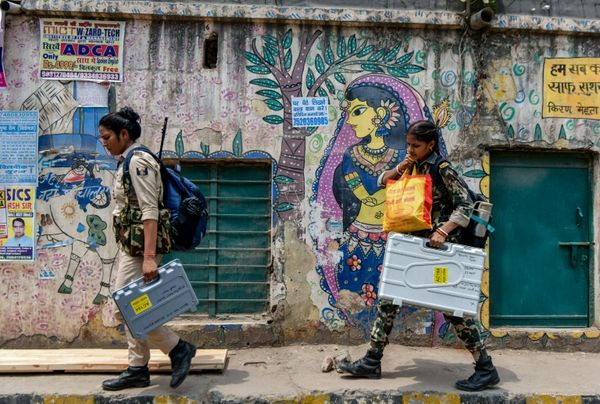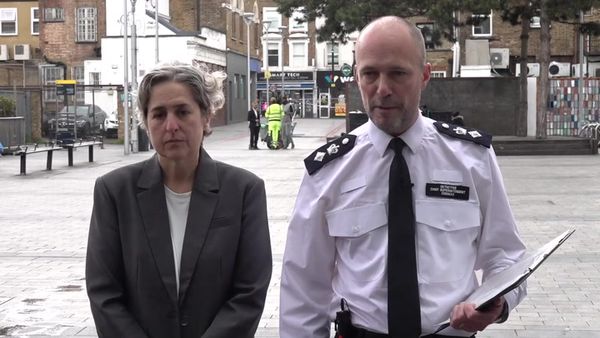
Disposable income shot up for the richest 10% of Australian households after the pandemic began, while the rest of the country found their financial situation going backwards, new analysis has shown.
On Tuesday the Productivity Commission released a new report, A Snapshot of Inequality in Australia, examining how income and wealth inequality changed because of the Covid-19 pandemic-induced recession and subsequent economic recovery.
The onset of the pandemic saw “an unprecedented fall” in income inequality, the commission found, thanks to government assistance in the form of jobkeeper payments and the Covid supplement, which nearly doubled the income of welfare recipients.
Inequality then ballooned again in 2021, with the earlier benefits more than reversed for those on the lowest incomes as government assistance was wound back and business activity rebounded.
Between the 2020-21 and 2021-22 financial years, household disposable income declined for 90% of the population, with the poorest Australians suffering the most. Their incomes dropped 8%, on the back of a 6% decline in the previous year.
Australia’s wealthiest, however, saw their 2021-22 incomes leap by 10% on the previous financial year, having experienced a less than 1% reduction in income when the pandemic first hit, and holding steady throughout it.
The scope of the commission’s research spanned from the beginning of the 2019-20 financial year to the end of 2021-22, and so did not capture the rising interest rates, skyrocketing rents, and other cost-of-living pressures that have characterised the changing conditions of the most recent two years.
The report also specifically examined income and wealth inequality for women, older Australians, and First Nations people.
While more than half of people in the lowest income brackets in Australia were aged over 65, the commission found they were also overrepresented on high-expenditure measures, suggesting a large proportion of older people have “more resources at their disposal than their incomes suggest”.
When adjusting the measures to take into account overall wealth, including property and other assets, people aged over 65 were not disproportionately represented in the lowest income brackets, but they did represent close to a third of the richest 10% of Australians, followed closely by those aged between 55 and 64.
Older Australians were also the biggest recipients of government benefits, mainly due to the age pension and the fact that many welfare recipients roll off other kinds of payments when they reach retirement age.
Housing wealth generally grew during the pandemic period, thanks to an increase in house prices, but that growth particularly favoured people in lower to middle-income groups. That was partly due to many people making a tree change, supported by new working from home arrangements, and demand driving up house prices in regional areas.
Across all income brackets, women had less disposable income than men, with the average disposable income for women over the age of 15 in 2021-22 sitting at approximately $49,000, compared with $62,000 for men.
The gap between men’s and women’s superannuation still begins when people hit working age “and never closes”, the research found, with average superannuation balances for men 44% higher than the average for women.
While superannuation inequity overall has slowly declined over the past 20 years, it is still high compared with income.
The incomes of Aboriginal and Torres Strait Islander people grew and fell more sharply than the overall average during the pandemic years, the research found, but the income gap between First Nations men and women was much narrower than across Australia as a whole.
Income inequality for First Nations people generally was “both a cause of socioeconomic disadvantage … and the effect of current and past policies and practices (not least institutional racism)”, the report said.





